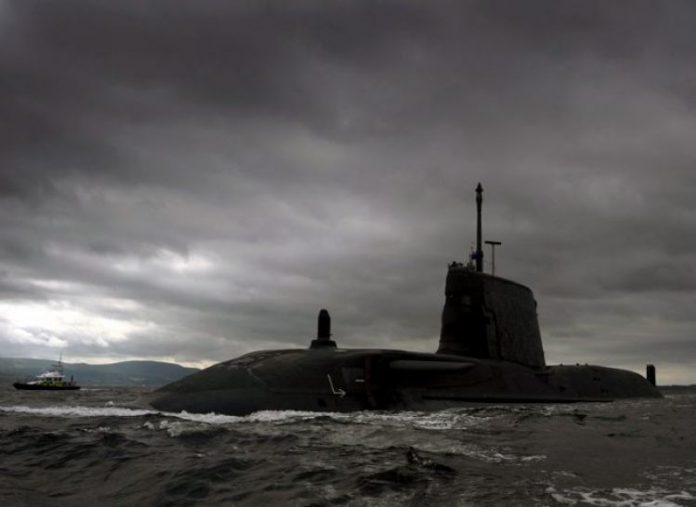In this article, Navy Lookout considers in more detail the implications following the revelation that an RN submarine deliberately surfaced close to the Russian spy ship Yantar in November 2024.
It is extremely rare for a submarine to chose to give away its position. This goes against the instinct of every submariner to remain covert and undetected at all times. Stealth and invisibility are the submarine’s main advantages but once detected, the boat is inherently vulnerable, especially when on the surface. However, being unpredictable and evolving tactics swiftly to have relevant effect is part of why RN submarines are so feared.


